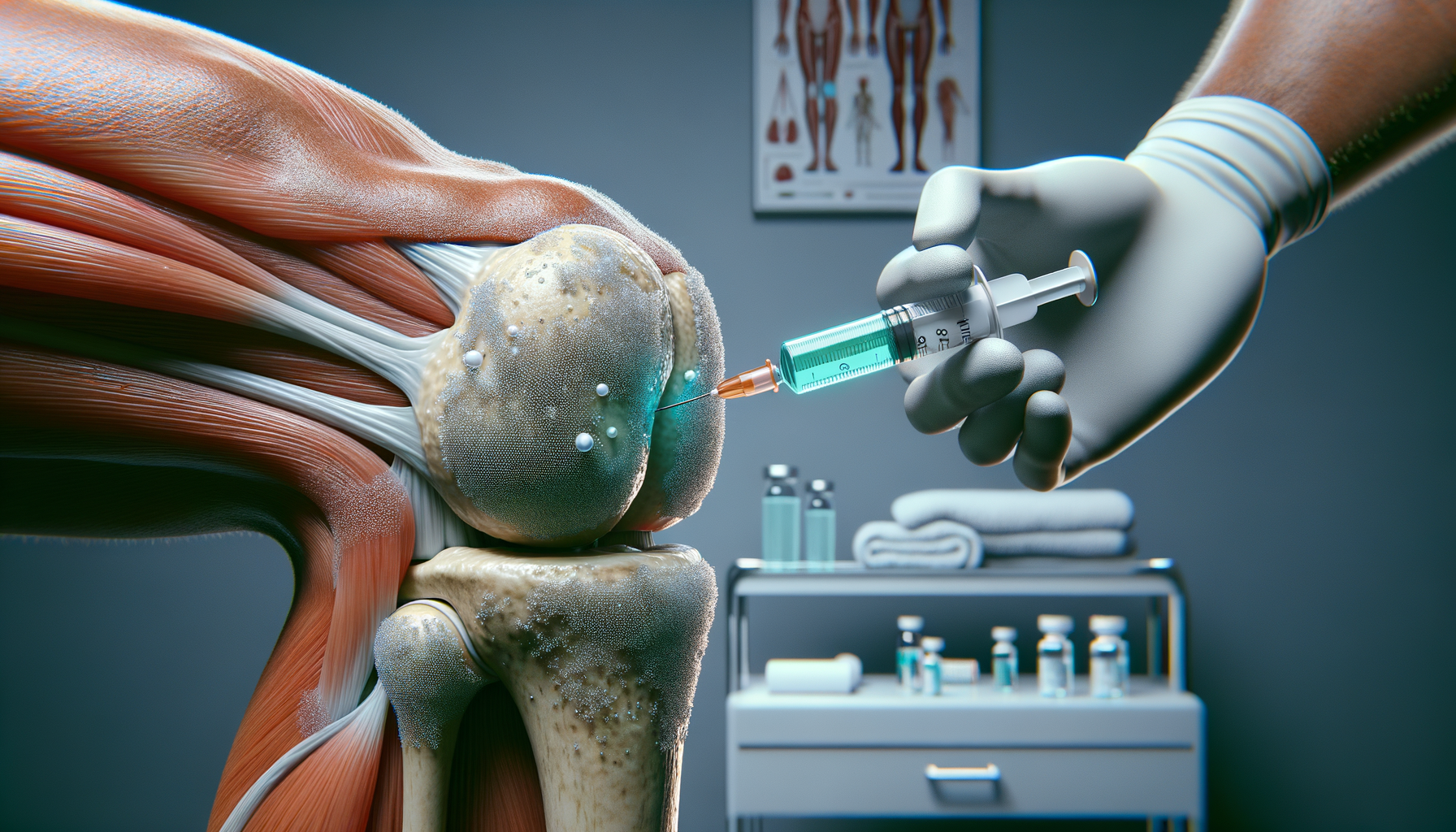
Knee Gel Injections in the United Kingdom: A Non-Surgical Option for Knee Pain
Understanding Knee Gel Injections
Knee gel injections, also known as viscosupplementation, have emerged as a popular non-surgical treatment for individuals suffering from knee osteoarthritis. This procedure involves injecting hyaluronic acid, a naturally occurring substance in the joint fluid, directly into the knee joint. The primary purpose of these injections is to supplement the reduced levels of hyaluronic acid in arthritic joints, thereby improving lubrication and shock absorption.
Hyaluronic acid plays a crucial role in maintaining the viscoelastic properties of the synovial fluid in the knee. As osteoarthritis progresses, the concentration and quality of this acid diminish, leading to increased friction and pain. By reintroducing hyaluronic acid into the joint, knee gel injections aim to restore these properties, potentially reducing pain and improving joint function.
According to studies, patients receiving knee gel injections often report significant improvements in pain and mobility. The effects can last for several months, making it a viable option for those seeking relief from chronic knee pain. However, it is essential to note that the effectiveness of these injections can vary among individuals, and not everyone may experience the same level of relief.
The Procedure and What to Expect
The procedure for knee gel injections is relatively straightforward and typically performed in a clinical setting. Before the injection, a healthcare professional may use imaging guidance, such as ultrasound, to ensure accurate placement of the needle within the joint space. This precision is crucial to maximize the benefits of the treatment.
The entire process usually takes about 15 to 30 minutes, and patients can often return to their daily activities shortly afterward. Some common side effects include mild pain, swelling, or warmth at the injection site, which generally resolve within a few days. Patients are advised to avoid strenuous activities for a day or two post-injection to allow the joint to settle.
It’s worth noting that knee gel injections are not a cure for osteoarthritis. Instead, they serve as a temporary measure to alleviate symptoms and improve quality of life. For individuals considering this treatment, it’s crucial to have a detailed discussion with a healthcare provider to understand the potential benefits and limitations based on their specific condition.
Comparing Knee Gel Injections to Other Treatments
When it comes to managing knee osteoarthritis, patients have several treatment options, ranging from lifestyle modifications and physical therapy to medications and surgical interventions. Knee gel injections offer a middle ground between conservative management and more invasive procedures.
Compared to oral medications, such as nonsteroidal anti-inflammatory drugs (NSAIDs), knee gel injections provide targeted relief with potentially fewer systemic side effects. For individuals who cannot tolerate oral medications due to gastrointestinal issues or other contraindications, viscosupplementation presents a viable alternative.
In contrast to corticosteroid injections, which are another common intra-articular treatment, knee gel injections may offer longer-lasting relief. While corticosteroids can effectively reduce inflammation and pain, their effects tend to be shorter-lived, and repeated use can lead to joint damage over time.
For those considering surgery, such as knee replacement, knee gel injections can be a valuable option to delay the need for surgery, especially in patients who are not yet ready or eligible for surgical intervention. This non-surgical approach allows individuals to maintain mobility and manage pain while exploring other long-term solutions.
Ultimately, the choice of treatment should be individualized, taking into account the patient’s overall health, severity of symptoms, and personal preferences. A comprehensive approach, often involving a combination of therapies, may provide the most effective relief for knee osteoarthritis.


